Gita’s Relevance for a Postmodern World
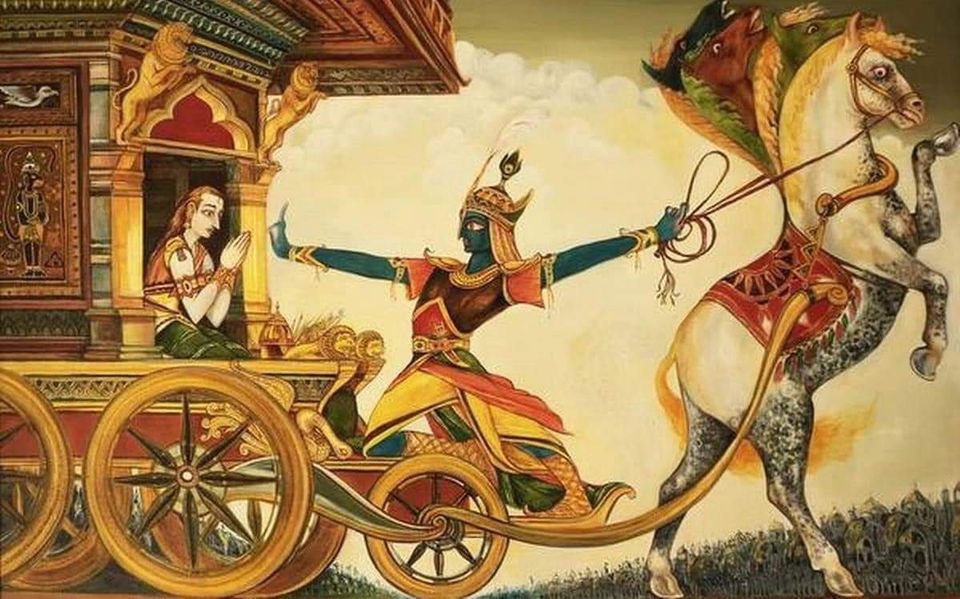
I’ve started a study group for the Bhagavad-Gita. It happens every Monday at 7:30 Eastern Standard Time. It’s a late hour to try to integrate ontology and theology.
Still, the timeless value of Gita remains ever pertinent in the post modern world and its helpful to update language and renew ideas within us to re-discover that relevance.
So, I’m posting my post discussion notes as blog entries for anyone who may find it meaningful to re-encounter the important themes and teachings of this yoga and devotional classic processed in my mind of course (sorry).
The title of the blog is my general take away from each discussion. The notes below are a fleshing out of that general take away.
Context of the Gita
- Aside from the academic concern about rather or not Gita is part of Mahabharata, a major concern of the Mahabharata is directly responded to in the Gita (esp first 6 chapters)
- The concern: the tension between inner life development and responsibility/duty to the social world
- This tension is directly relevant to contemporary times where every individual it seems is expected to know and participate in every social issue the world over
- How does this postmodern social obligation not outpace the dedication to an inner life? Are the two mutually exclusive? Is the commitment to just spiritual practice spiritual bypassing? How can they be reconciled —inner life and outer obligation—? Gita wants to speak to these questions, directly relevant for todays human
Main Themes of Gita
- This section of intro largely focused on the general map of the entire Gita into 3 broad sections: the first 6 chapter, the second six chapter, and the last six chapter
- The first 6 chapter, by predominance of topic, focuses of karma-yoga, ie social dharma performed performed with inner detachment (yoga) or selflessly
- This section concludes with the process of dhyana-yoga, a more ascetic yoga exclusive dedicated to meditation (dhyana) or contemplative life unconcerned and uncluttered by social dharma
- The middle six chapter Krsna switches voice from teacher of (karma/dhyana) yoga to Supreme deity. The focus of these six is the nature of and devotion to God
- The last six chapters elaborate what has come before (in the first 12 chapters) using the principles of sankhya. It culminates with a summary of major topics of the Gita before closing with a unique conclusion
Key Concepts
- Some vocab we should be familiar with:
- Dharma / varna dharma
- Karma
- Gunas
- Yoga
- Atma / Purusa
- Bhakti and nature of God
CH 1 Notes: Setting the Scene
- Chapter one’s purpose is to set the context for the Bhagavad Gita
- Gita is a conversation with Dhrtarastra (usurper of the Pandavas kingdom) and his minister Sanjaya relaying the scene and imminent conversation to his master
- Verse one is a peculiar question by Dhrtarastra betraying his ego informed —oppose to dharma (virtue) informed —reasons for war
- Apparently verse 2-19 is drawn verbatim from Mahabharata so the scence for the conversation of Gita really begains at verse 20 to end of the chapter (verse 46)
- In 20-46 major points explored:
- Arjuna’s initial enthusiasm for battle
- Arjuna’s about-face after seeing the implications of war are devasting to his own egoic orientation (and therefore he is not different from Dhrtarastra in this sense)
- Arjuna’s being overwhelm by (egoic) “compassion” (where was the compassion before he saw it affected him and his?)
- Arjuna’s emotionally informed arguments (none of which include war is bad or the importance of non-violence as many postmodern people erroneous superimpose on Arjuna’s concern):
- First argument is clearly egoic, viz if those with whom we should enjoy are dead how will we enjoy (just wow!)
- Second argument: although fighting is a warrior dharma, that dharma is contravene is family dharma is destroyed which leads to a great sin which in turn leads to hell in this life and the life here after
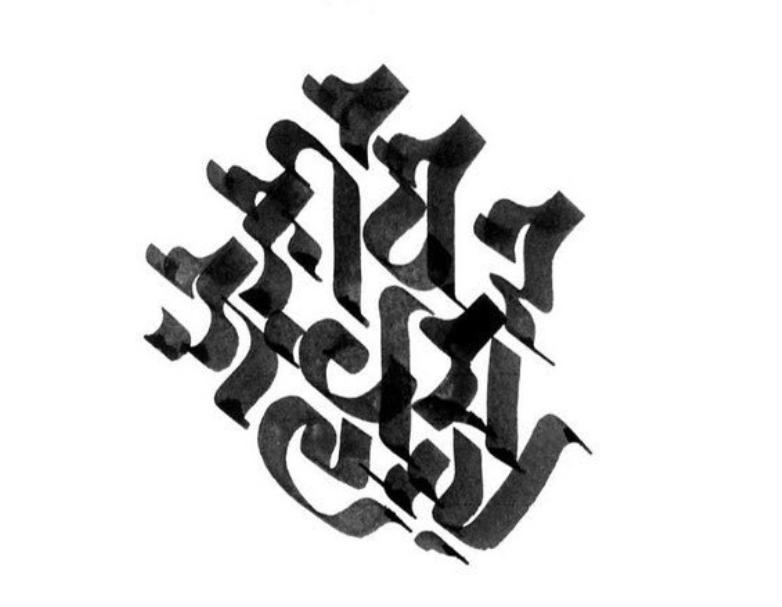
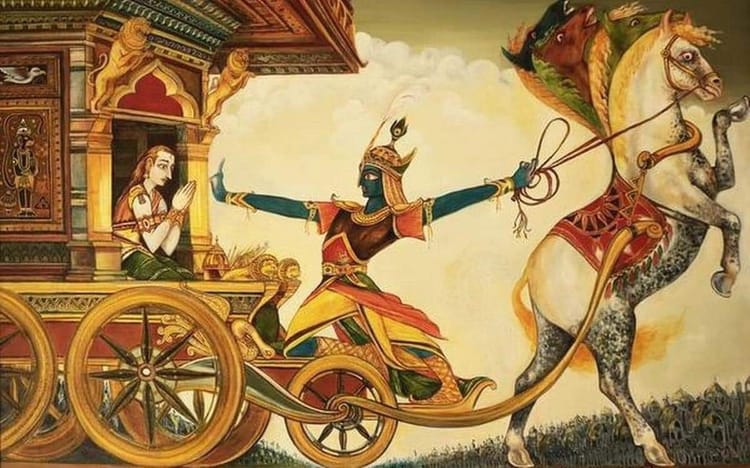
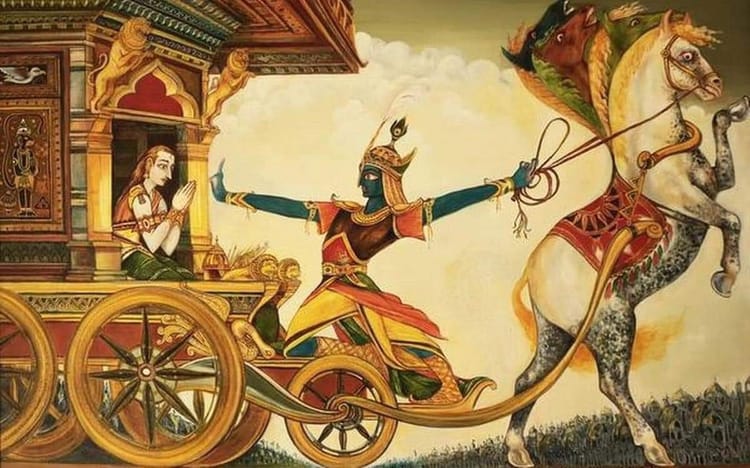
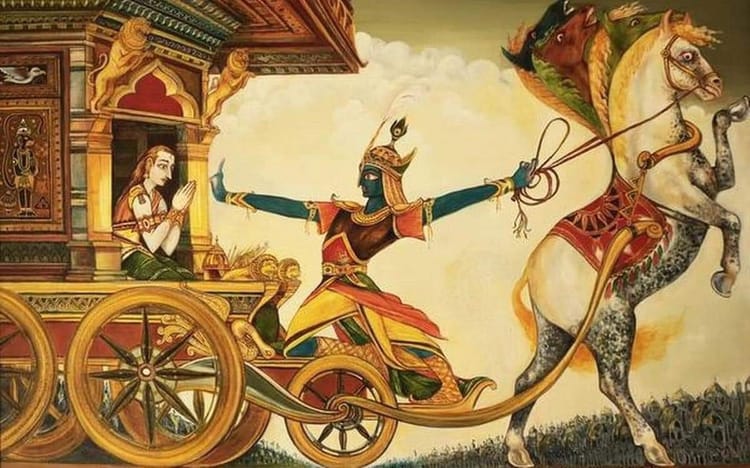
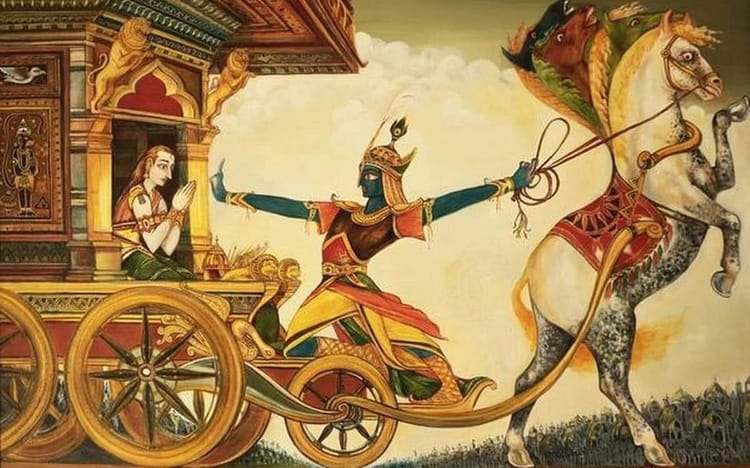
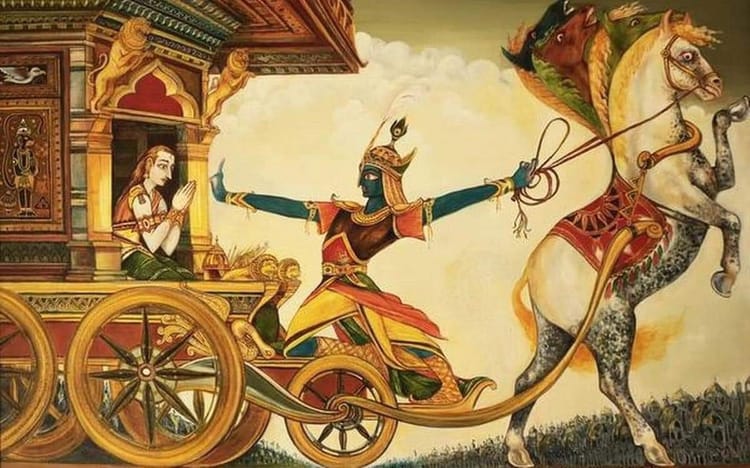
Member discussion